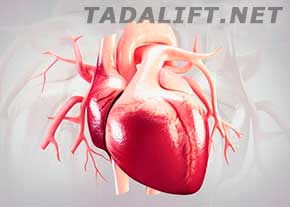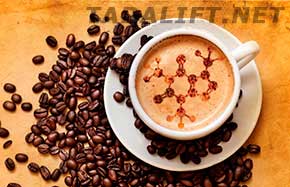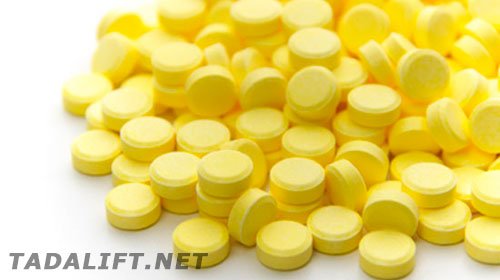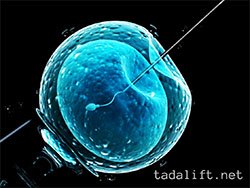Testosterone is vital to men’s health, influencing muscle mass, bone density, mood, and overall vitality. However, when testosterone levels drop, men face significant health challenges. Low testosterone long-term effects can contribute to the development of chronic diseases, impacting quality of life. This article delves into the causes, prevalence, and dangers of low testosterone in men, drawing from recent research to highlight its implications.
How is Low Testosterone Produced?
Low testosterone, often referred to as low test male or hypogonadism, occurs when the body produces insufficient testosterone. This hormone, primarily produced in the testes, regulates numerous physiological processes. A drop in testosterone in men can manifest through symptoms like fatigue, reduced libido, weight gain, and mood changes.
Testosterone deficiency is more common than many realize. Research indicates that the prevalence of low testosterone varies by age group, with over 31% of men in certain studies showing some degree of deficiency. The prevalence increases with age, but younger men are not immune. Men with lower testosterone face heightened risks of chronic health issues, making early awareness critical.
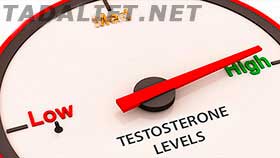
What Causes a Decrease in Testosterone?
Understanding what could cause low testosterone is essential for addressing its impacts. Several factors contribute to lowered testosterone levels:
- Aging: Testosterone naturally declines with age, with older men more likely to experience low total testosterone. This is why males with low testosterone are often in their 50s or older.
- Obesity: Excess body fat, particularly visceral fat, can disrupt hormone production, leading to a drop in testosterone levels.
- Chronic Health Conditions: Disorders like diabetes, high blood pressure, and heart disease are linked to the low testosterone levels men experience. These conditions can both cause and result from testosterone deficiency.
- Lifestyle Factors: Poor diet, lack of exercise, smoking, and excessive alcohol consumption contribute to decreasing testosterone in men. Sedentary lifestyles are particularly harmful, as physical inactivity exacerbates hormone imbalances.
- Medical Issues: Conditions such as pituitary disorders, testicular injuries, or certain medications can lead to low testosterone disease.
- Environmental Factors: Exposure to endocrine-disrupting chemicals, such as those found in plastics or pesticides, may also explain why guys have low testosterone.
These factors, individually or combined, can result in reduced testosterone, increasing the risk of long-term health complications.
Why Men Have Low Testosterone?
The question of how many men have low testosterone is critical for understanding its public health impact. A comprehensive study involving over 2,500 men revealed that more than 31% exhibited some level of testosterone deficiency. The study, conducted over two years, included regular blood tests to monitor testosterone levels. Older men were disproportionately affected, with over 55% of those with low test results reporting coexisting chronic health conditions.
Dangers of Low Testosterone in Men
The dangers of low testosterone extend beyond physical symptoms. Low testosterone risks include a higher likelihood of developing chronic diseases that significantly affect health and longevity. Key problems with low testosterone in men include:
- Cardiovascular Issues: Low total testosterone is associated with an increased risk of heart disease, including high blood pressure and atherosclerosis. Men with testosterone deficiency are more likely to experience heart-related complications.
- Diabetes: Reduced testosterone is linked to insulin resistance, a precursor to type 2 diabetes. The effect of low testosterone levels in men often includes impaired glucose metabolism.
- Obesity: A vicious cycle exists between obesity and low testosterone. Excess weight lowers testosterone, and low testosterone promotes fat accumulation.
- Mental Health: Depression and anxiety are common impacts of low testosterone. The lack of testosterone in men can lead to mood swings, irritability, and reduced motivation.
- Bone Health: Low testosterone levels in men can weaken bones, increasing the risk of osteoporosis and fractures.
- Multimorbidity: The long-term effects of low testosterone often involve multiple chronic conditions, particularly in older men. Over 75% of older participants in the study with testosterone deficiency suffered from multimorbidity.
These risks highlight why addressing low testosterone is crucial for men’s health. Ignoring the condition can lead to health problems that diminish quality of life.
Effects of Low Testosterone
The long-term effects of low testosterone are particularly concerning due to their impact on chronic disease development. Research shows that men with consistently low testosterone are at a higher risk of serious health issues compared to those with normal levels. For instance, over 55% of men with testosterone problems in the study reported chronic conditions such as high cholesterol, hypertension, or diabetes.
The loss of testosterone over time can exacerbate these issues. As testosterone levels decline, the body’s ability to regulate metabolism, maintain muscle mass, and support mental health weakens. This creates a feedback loop where low testosterone contributes to chronic diseases, which in turn further lowers testosterone levels.
Several factors influence testosterone levels, many of which are modifiable. By addressing these, men can potentially mitigate the risks associated with low testosterone:
- Diet: A diet high in processed foods, sugars, and unhealthy fats can contribute to lowered testosterone levels. Conversely, nutrient-rich diets with adequate protein, healthy fats, and micronutrients like zinc and vitamin D support hormone production.
- Exercise: Regular physical activity, especially strength training, can help maintain healthy testosterone levels. Sedentary lifestyles are a major contributor to men’s low testosterone levels.
- Sleep: Poor sleep quality or insufficient sleep disrupts hormone production, leading to a drop in testosterone in men.
- Stress: Chronic stress elevates cortisol, a hormone that suppresses testosterone production. Managing stress through mindfulness or relaxation techniques can help.
- Weight Management: Maintaining a healthy weight is critical, as obesity is one of the leading causes of low testosterone in men under 40.
By addressing these factors, men can take proactive steps to support their testosterone levels and reduce associated health risks.



